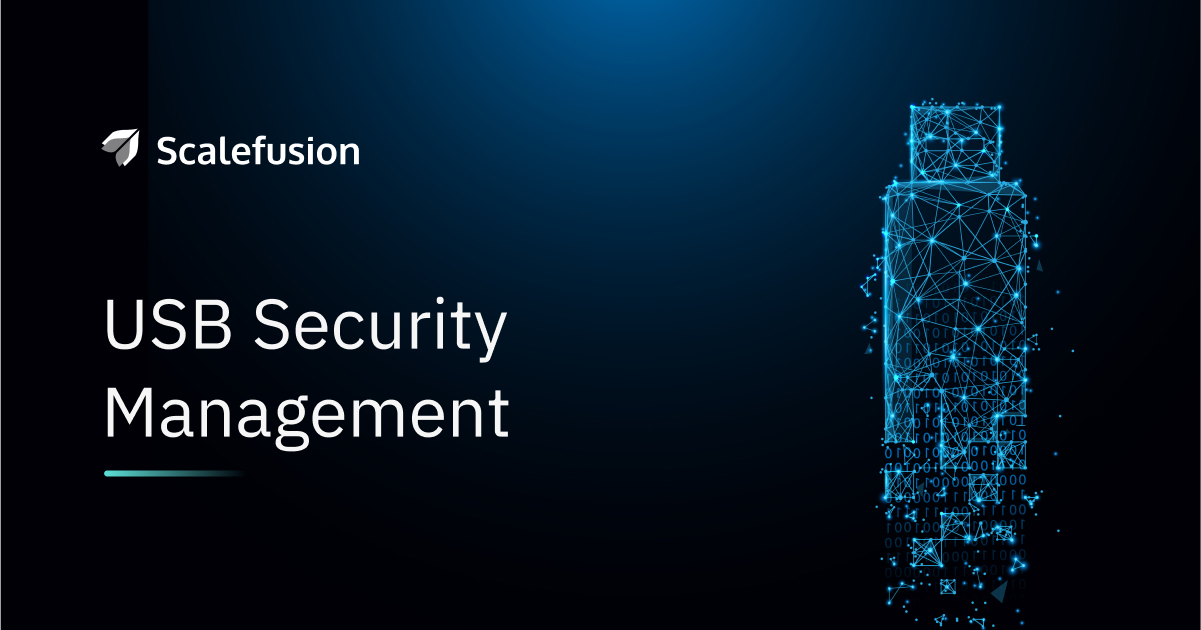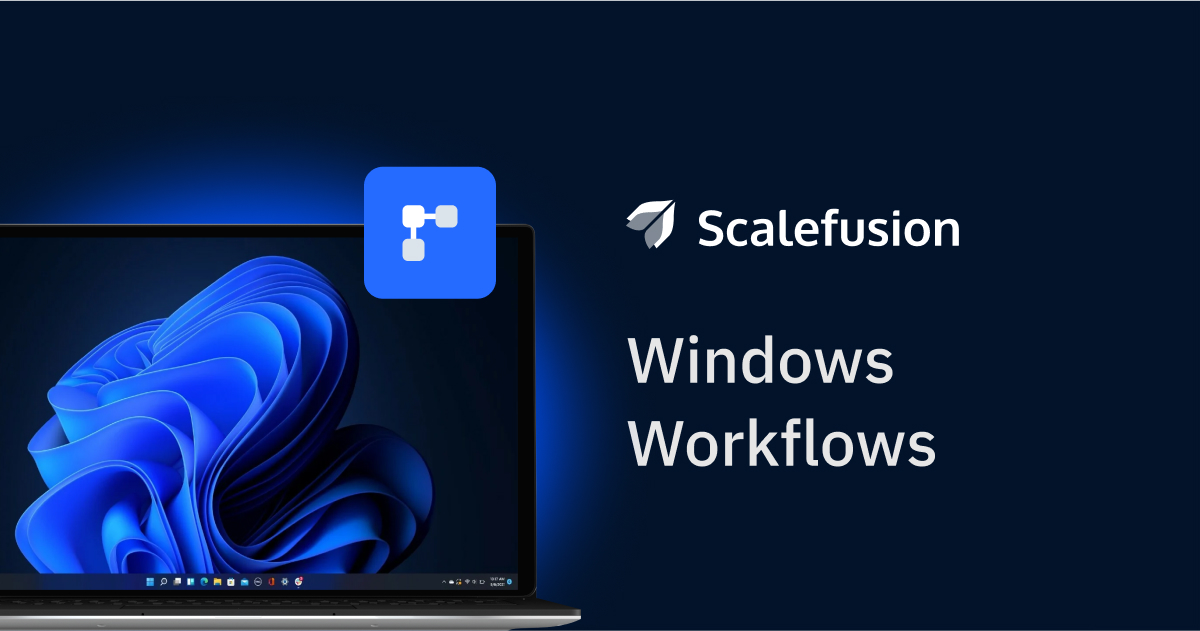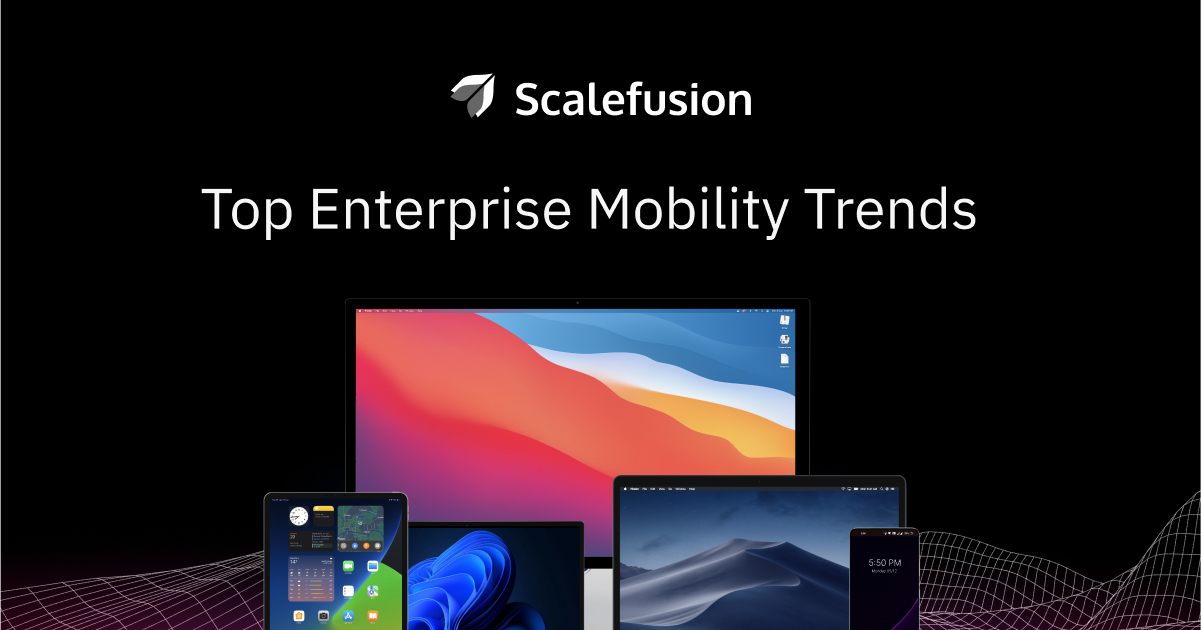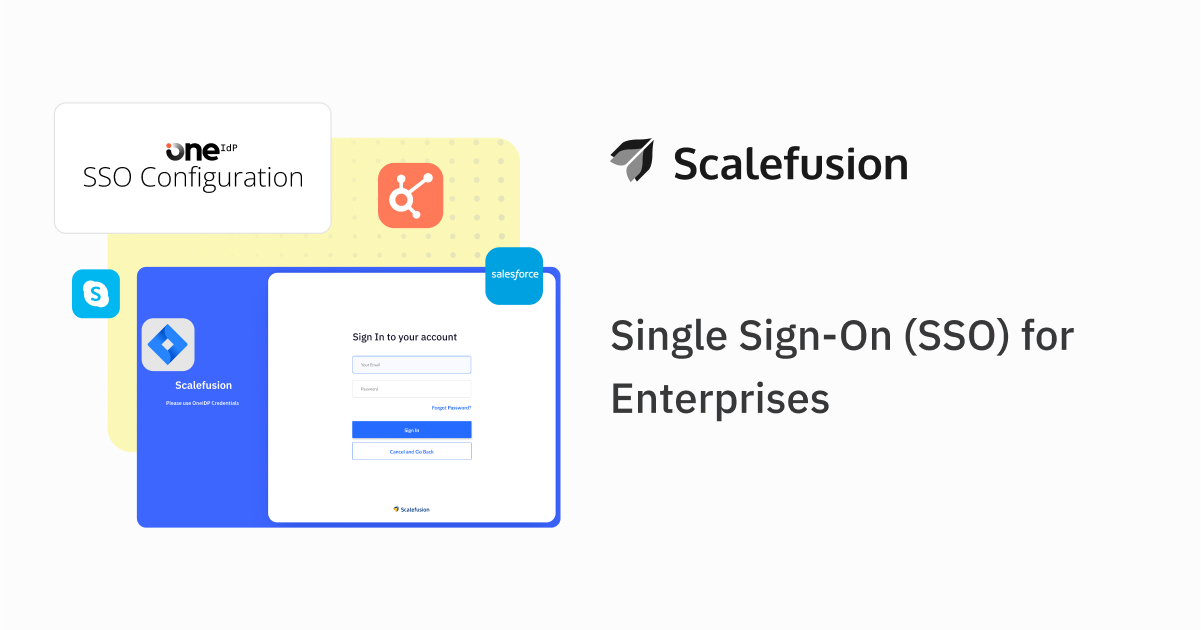
What happens when an employee unknowingly introduces a USB flash drive found in the parking lot into a company’s network? Within minutes, the computer screen freezes, and a ransom message demands payment to unlock encrypted files. This simple act of curiosity leads to a ransomware infection spreading across the company’s network.
Sensitive client information is compromised, disrupting operations and causing widespread panic among staff and clients. The organization is forced to notify clients about the breach, invest heavily in security measures, and undergo a thorough audit to ensure compliance with data protection regulations.
This incident underlines the importance of USB security management. It demonstrates how unmanaged USB device control can lead to significant financial and reputational damage, highlighting the necessity for strict policies and employee training to prevent such vulnerabilities.
What is USB Security Management?
USB security management involves implementing measures to control and protect the use of USB devices within an organization. This is crucial for safeguarding sensitive data, maintaining regulatory compliance, and preventing malware infections. By managing USB security effectively, enterprises can mitigate risks associated with unauthorized device access and data breaches.
Understanding USB Security Threats
1. Data Theft
Unauthorized USB devices can lead to significant data breaches, providing a direct way for data breakouts. Employees or outsiders might connect an unauthorized USB device to the network, copying sensitive data without detection. This stolen data can include client information, financial records, and proprietary intellectual property, leading to severe financial and reputational damage.
Insider threats pose a considerable risk. Employees with malicious intent can use USB devices to steal data and easily transport large volumes of confidential information out of the premises without raising suspicion. Moreover, the physical nature of USB drives makes them prone to being lost or stolen, and if such a device contains sensitive data, it can be accessed by anyone who finds it, resulting in potential data breaches.
2. Malware Introduction
According to Honeywell’s 2022 Industrial Cybersecurity USB Threat Report[1], the threat of USB-borne malware has intensified significantly. The report indicates that 52% of detected threats were specifically designed to exploit removable media, a substantial increase from 32% the previous year and more than double the 19% reported in 2020. This sharp rise highlights the escalating risk of malware targeting USB devices.
Trojan horses, which masquerade as legitimate files, can be introduced via USB devices. These Trojans create backdoors that allow attackers to gain remote access and control over systems. Viruses and worms, such as the Stuxnet worm that affected industrial control systems, also replicate and spread through infected USB devices. These findings emphasize the urgent need for USB security measures to protect against the escalating threat of malware.
3. Compliance Violations
Failing to comply with data protection regulations due to poor USB security management can have severe implications. Regulatory penalties are a significant risk, as organizations that fail to protect sensitive data and suffer breaches can face hefty fines from regulatory bodies.
For example, the General Data Protection Regulation (GDPR) in the European Union imposes strict penalties for data protection failures. Beyond financial penalties, non-compliance can lead to legal consequences, including costly lawsuits and settlements from affected clients or customers whose data was compromised. Compliance failures and data breaches can severely damage an organization’s reputation, eroding trust from clients and partners.
Key Components of USB Security Management Software
1. Device Control
It is essential to install mechanisms that can control which devices can connect to the enterprise network. This can prevent unauthorized or malicious devices from causing harm. This includes:
- Allowing/blocking networks: Establish a list of approved USB devices that can connect to the network and block all others.
- Device Identification: Utilizing device IDs and serial numbers to ensure only recognized devices are permitted access.
- Software Solutions: Implementing software that automatically scans and identifies USB devices, enforcing policies on connectivity.
2. Encryption
Encrypting data transferred via USB devices is vital to protect sensitive information from being accessed by unauthorized individuals. Key aspects include:
- Data Encryption: Ensuring all data stored on and transferred to/from USB devices is encrypted using robust encryption standards.
- Encryption Software: Employing encryption software that automatically encrypts files when they are moved to a USB device.
- Password Protection: Requiring password authentication to access encrypted data on USB devices.
3. Audit and Monitoring
Continuous monitoring and logging of USB device activities help detect and respond to potential security breaches. Important features include:
- Activity Logs: Maintaining detailed logs of all USB device connections, data transfers, and access attempts.
- Real-Time Monitoring: Using real-time monitoring tools to detect suspicious activities and unauthorized access immediately.
- Alerts and Notifications: Configuring alerts to notify the IT department of any unusual or unauthorized USB device activities.
4. Access Control
Role-based access to USB ports and devices ensures that only authorized personnel can use them, reducing the risk of internal threats. This includes:
- Role-Based Permissions: Assigning USB access permissions based on the user’s role within the organization.
- User Authentication: Requiring user authentication before granting access to USB ports or devices.
- Port Control Software: Using software to manage and control access to USB ports, disabling them for users who do not need access.
Benefits of USB Security Management
1. Enhanced Data Protection
Implementing USB control software significantly enhances data protection by preventing unauthorized access and data breaches. Organizations can safeguard sensitive information from being copied or transferred without permission by controlling which USB devices can connect to the network.
Encryption of data on USB devices ensures that even if a device is lost or stolen, the data remains inaccessible to unauthorized individuals. This layered approach to data security minimizes the risk of data breaches, protects the organization’s valuable assets, and maintains the confidentiality of client information.
2. Regulatory Compliance
Effective USB device management helps organizations meet legal and industry standards for data protection. Regulations such as the GDPR and HIPAA require stringent measures to safeguard sensitive information. By implementing comprehensive USB security policies, organizations can demonstrate compliance with these regulations, avoiding fines and legal consequences. Compliance with data protection standards also reinforces the organization’s commitment to protecting client information, enhancing its reputation and trustworthiness.
3. Improves IT Management
USB management streamlines IT operations and reduces the frequency of security incidents. With mechanisms in place to control and monitor USB device usage, IT departments can quickly identify and mitigate potential threats. Automated encryption and role-based access controls simplify the management of USB devices, reducing the administrative burden on IT staff.
Putting USB Security Management into Action
Enterprise USB management is important for safeguarding an organization’s data and ensuring regulatory compliance. The risks associated with unauthorized USB device use require robust security measures. By implementing USB security management software, organizations can effectively mitigate these risks.
USB management is essential, and by prioritizing USB security, organizations can protect sensitive data and uphold trust with clients and partners.
Contact our experts to know how Scalefusion UEM can help you with your USB security management needs. Sign up for a 14-day free trial!
Reference:
1. Honeywell



